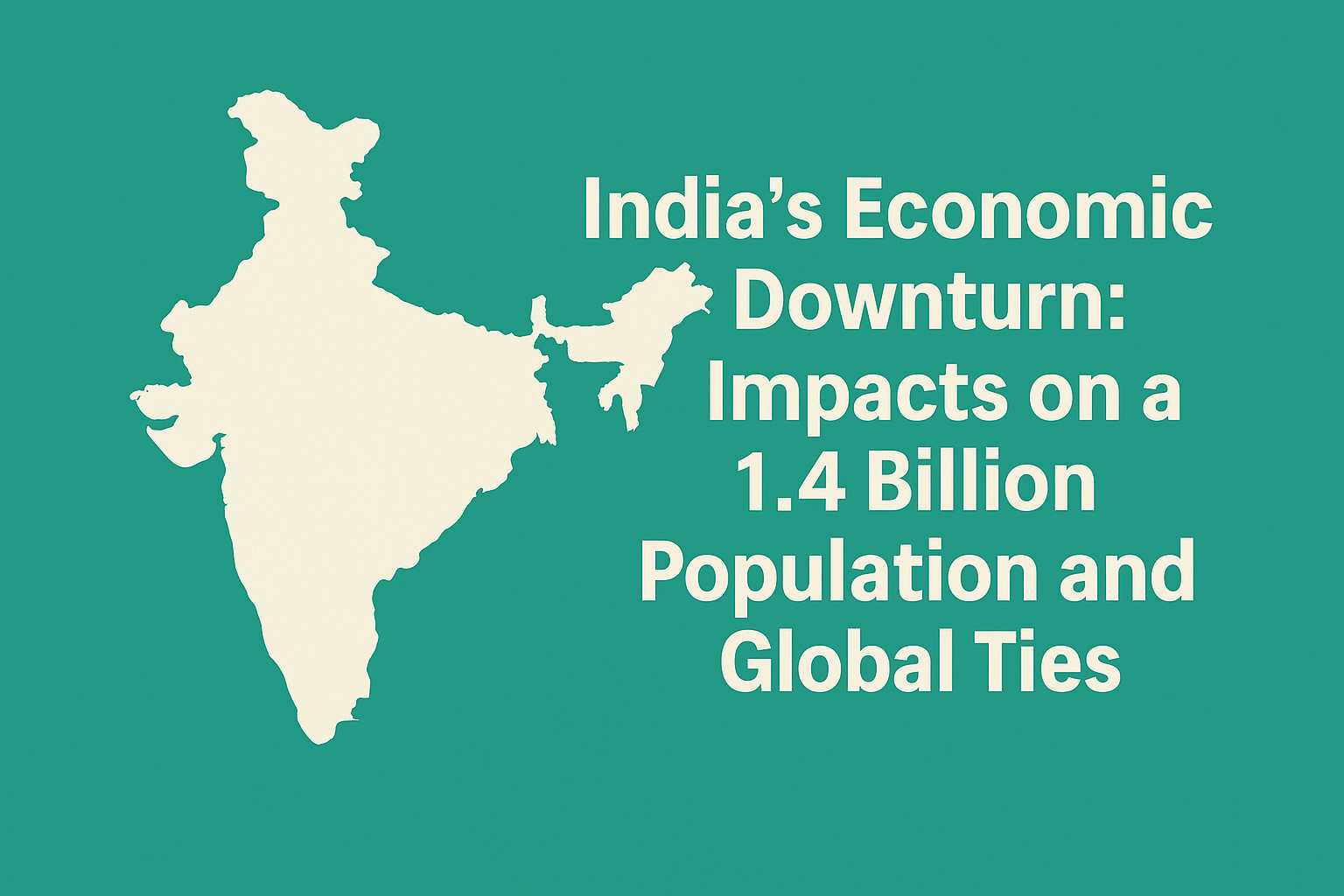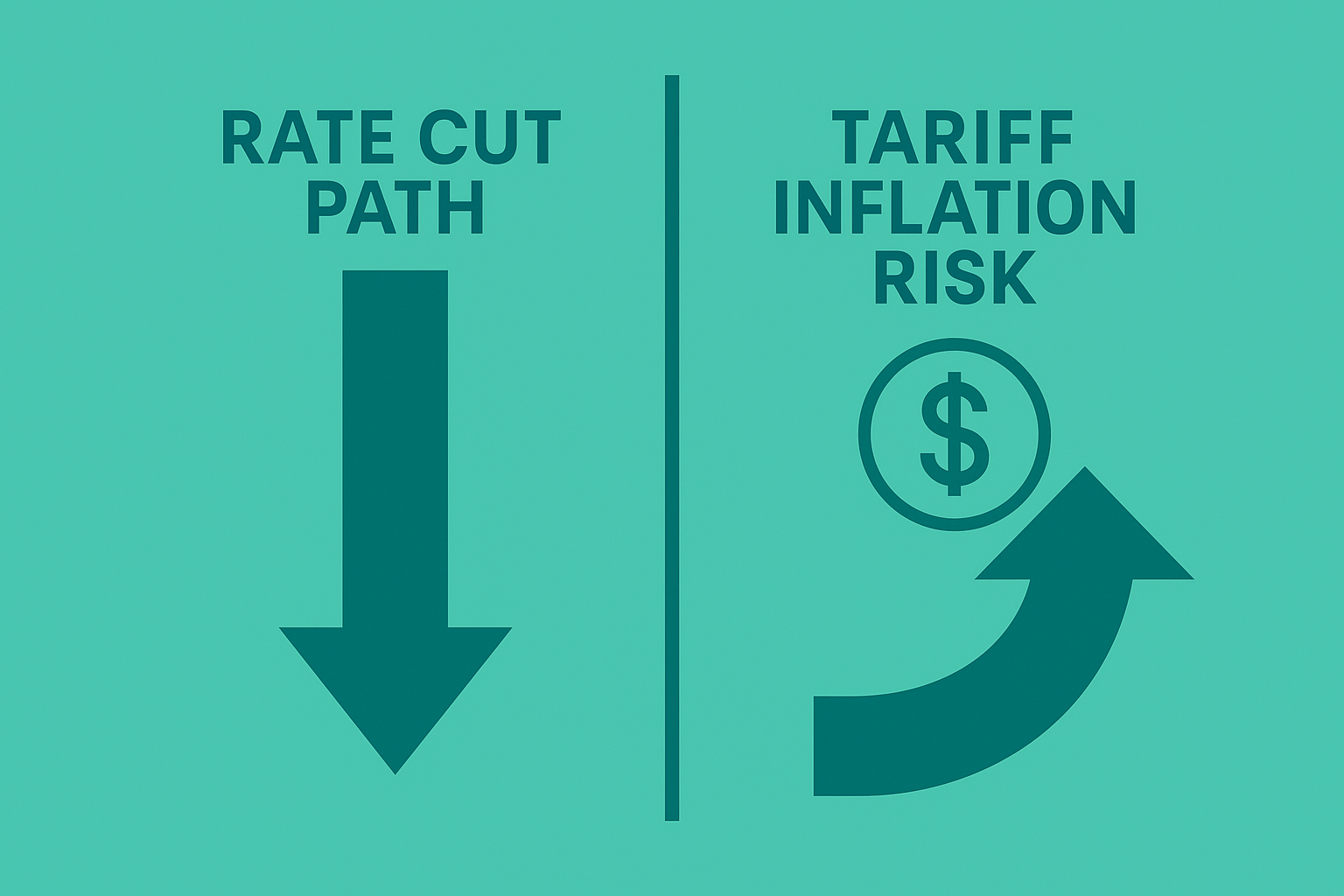Introduction
India, with a population exceeding 1.4 billion, is the world’s largest democracy and one of its fastest-growing economies. However, the scale of its population also means that any significant economic deterioration would have far-reaching consequences not only for growth figures, but also for social stability, political governance, and India’s role in the international order.
1. Structural Vulnerabilities of a Population Giant
- Labor Market Pressure: With over half the population under the age of 35, employment creation is crucial. Slowing job growth would leave millions of young people underemployed, creating fertile ground for social unrest.
- Rural–Urban Divide: Around 60% of Indians live in rural areas. Economic stress in urban, export-driven sectors quickly cascades into the countryside through remittances, seasonal migration, and reduced demand for agricultural products.
2. Causal Channels of Economic Stress
Household and Living Standards
- Inflation vs. Income Stagnation: If food and fuel costs rise while wages stagnate, low-income households would be hardest hit. With food accounting for nearly 40% of household expenditure, inflation translates rapidly into increased poverty.
- Education and Healthcare Cutbacks: Declining household income reduces spending on education and health, undermining long-term human capital development.
Political and Social Consequences
- Rising Discontent: Mass unemployment and widening inequality risk fueling protests and intensifying communal or regional tensions.
- Populist Policy Responses: Governments may resort to subsidies, loan waivers, or public works to contain unrest, but these measures often worsen fiscal deficits.
International Dimension
- Erosion of Investment Confidence: India’s position as a “China + 1” manufacturing hub could weaken if growth falters, discouraging foreign direct investment.
- Geopolitical Realignment: Economic vulnerability may increase India’s dependence on Russia or China for energy and financing, straining its ties with Western partners.
3. Countervailing Factors
- Large Domestic Market: With domestic demand accounting for about 60% of GDP, India has a buffer against export shocks.
- Resilient IT and Services Sector: Outsourcing and digital services remain globally competitive and continue to generate foreign exchange earnings.
- Remittances from the Diaspora: Overseas remittances, equivalent to around 3% of GDP, provide additional household-level resilience.
4. Conclusion
A severe economic downturn in India would transform the country’s demographic advantage into a source of fragility.
- Rising youth unemployment could destabilize cities.
- Rural households would experience worsening poverty and entrenched inequality.
- Political leaders would face pressure to implement populist measures, complicating fiscal management.
- India’s external alignments could shift as it seeks economic lifelines.
Nevertheless, India’s vast domestic demand, robust IT sector, and diaspora remittances offer stabilizing forces. The most likely outcome is not systemic collapse but slowed growth combined with mounting social stress—a scenario that policymakers must manage carefully to preserve stability and long-term development.


